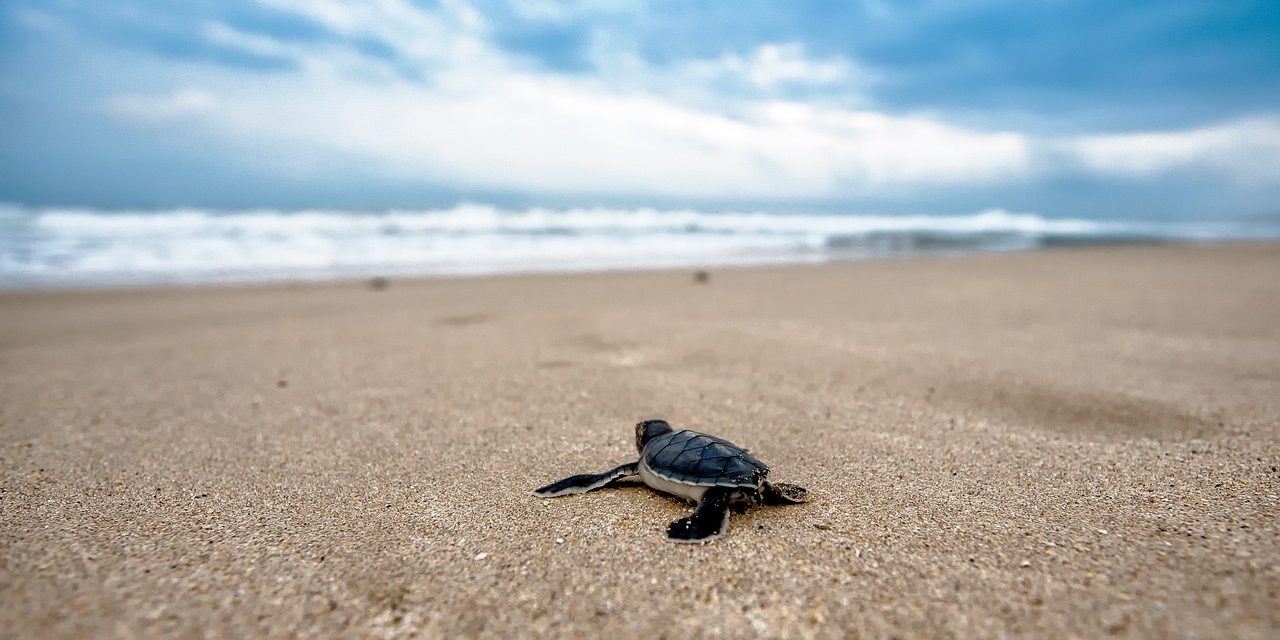
23 Apr Time to Update the 5-Year-Value Metric
23 April 2024
By David Allen, Development for Conservation
Since 2017, about this time every year, I have posted about a metric I’ve wanted to collect data on – the 5-year-value of new members.
I’ve been asking everyone to look back at the donors who made first gifts (ever) to your organization five years ago and the amount of money that group of donors has given collectively since then.
The division of those two numbers provides an average: the average amount of money a donor recruited five years ago gave to the organization in the five years since their first gift. That’s the 5-year-value of a new member.
Of course, many of those new donors never gave again. Others gave two or three years in a row and then dropped out. And still others gave, dropped, and came back. But the 5-year-value still works as an average.
In 2022, I heard back from 23 different organizations about their 2017 new donors. (I did not collect any information in 2023 – a circumstance I would like to correct this year if possible). The range of experience was from $268 at the low end to more than $9,000 at the high end.
The data can help with arguments about spending money on recruitment. If it costs $200 to recruit a new member and that person gives $50 in Year One, you’ll never invest in membership recruitment again. But if that person is worth $9,000 after 5 years? or $1,000? or even $500 or $268? the long-term investment is worth it in terms of organizational growth.
So let’s do it again this year!
Here’s what I will need from you, if you’re willing to participate:
- Isolate the members and donors you have who made first gifts to your organization at some point – any point – during the calendar year 2019.
- Now add up everything those donors have given to your organization – as a group – since then (1/1/2019 through 12/31/2023).
- Send those two numbers to me – the number of donors and the total amount they have given. The email address is David (at) DevelopmentForConservation (dot) com.
- Bonus points – if you tracked what you spent on recruitment in 2019, I’d love to add that data into the study.
Note that I do not reveal the names of the organizations when I report on the data.
AND
If you’re willing, I’d like to catch up with the data from last year as well – again number of donors who made a first (ever) gift to your organization in 2018 and the total amount those donors gave between 1/1/2018 and 12/31/2022.
It’s important to emphasize that numbers are just numbers. By themselves they’re meaningless. And the 5-year value is no different. There will be two inevitable tendencies: to compare your numbers against the range of other experiences and to reach for some kind of arbitrary standard. I am gathering this information from the conservation community because there is very little information out there that is community specific in this way, and I believe that sharing with you the range of experiences will help you better understand the possibilities. But there isn’t an arbitrary standard. Some number above which is GOOD and below which is BAD.
The ONLY comparison that really matters is against numbers from your organization in past years. How does your 5-year value from 2019 differ from 2018, and 2017, and 2016? If you also did this exercise in past years, compare the current number with your past results. Are they similar? If they differ, even dramatically, can you explain why? What can you tell from the trend line, if anything?
As an example, let me tell you about the organization whose 5-year-value was $268 for their new members in 2017. It was $153 in 2016 and $173 in 2015. They feel pretty good about their $268, even knowing that they could probably do better than that. What changed? They were very intentional about renewing every donor. If they didn’t hear from someone, they reached out again and again. And it made a difference.
While you are collecting data, see if you can isolate what it cost you to recruit those members and donors in 2016. What did you spend that year on recruitment? Did you try different recruitment strategies? For example, direct mail versus recruitment at events versus friends of Board members? If so, did you use source codes?
If you did, can you now determine whether the 5-year values were different with the different strategies? (If so, I’d love to hear about your experience!)
And now is a good time to isolate what you spent on recruitment in 2023, too, before it gets too lost to recreate later. It will help you with your 5-year metric calculations in 2027! Hint: if you are not capturing source codes already, it’s not too late to start. And you’ll be glad you did five years from now.
And finally, what are you doing NOW to help improve your 5-year values? What have you tried that is working? What have you tried that isn’t (yet) working?
May I share your experience with others?
Cheers, and have a great week!
-da
PS: If you’ve sent me information about your new donors from 2019 and you’re still hungry for more, try running the same analysis for all of your 2019 donors. How many donors made donations of any size in 2019 and how much money those donors gave in the five years since (2019-2023). The division here will tell you the average 5-year-value of all your 2019 donors. Now how does your new member data compare?
Photo by Kanenori from Stocksnap.io



No Comments